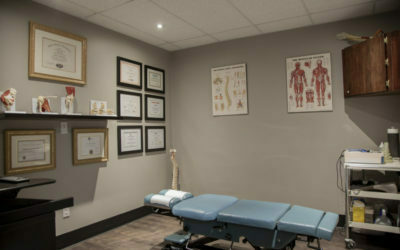One of the outcomes of the COVID-19 pandemic has been the closure of workplaces due to various lockdowns and restrictions. Along with the mental and emotional stress of a global pandemic, as well as possible financial issues, there is the question of returning to work and what that means from a physiological point of view. This is especially concerning when returning to a more activity focused job after a long period of inactivity. These jobs could include retail workers, restaurant staff, tradespeople, flight attendants, baggage handlers, hair stylists etc.
To suddenly pivot from a physical job which entailed lots of walking, standing, or lifting to a period of little or no activity can have detrimental effects on the body such as:
- Reduced muscle strength and range of motion
- decreased general and cardiovascular fitness
- Fatigue
- Weight gain
To help you return to work safely, and injury free, it’s important to stay active and “keep working” during your downtime.
For instance, if your job is one that requires a good deal of walking, continue walking. Walk often, and increase the duration of your walks. If repetitive, heavy lifting is an integral part of your job, then keeping up with strength/resistance training is essential. While all strength training is beneficial, try to find activities that are close to your daily work routine.
While keeping up a “simulated work environment” may feel a bit odd, it will be very helpful when you do return to work. When someone has been away from a physically demanding job for an extended period of time, upon returning, they might experience any of the symptoms from the above list.
An exercise routine that mimics your activity at your job can help you accomplish your daily tasks safely, decrease muscle pain or stiffness, as well as shortening the adjustment period for endurance for activities like standing for long periods of time, or carrying heavier items when you do return to your regular work environment. After returning, ensure that you take your breaks, and take the time to move and stretch periodically. This helps with correct posture, which can help increase energy, increase lung capacity while decreasing things like lower back or neck pain.
Previous Blog Posts
Massage
A massage can feel like a luxury, but… did you know that massage therapy can be extremely...
What to Expect at Your First Appointment
It's your first visit with your chiropractor. What is going to happen? It's all about you! Your...
Is it time for a massage?
We are fully open for massage appointments from 10:00 am to 6:00 pm Monday through Friday. A...





0 Comments